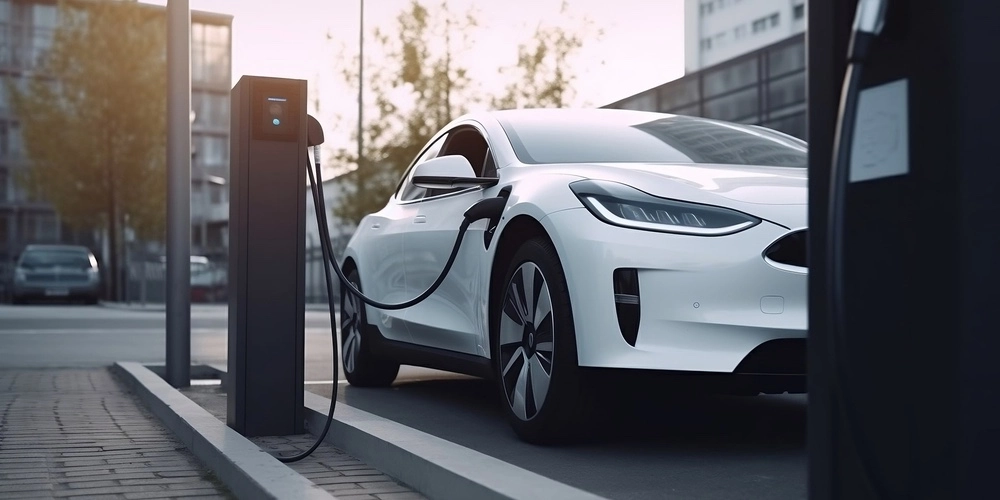At first, the main concern of electric vehicle (EV) owners was the availability of charging points on highways and at key locations.
Now, this issue has been addressed, with over 660,000 chargers installed throughout the European Union (EU), according to data published by the European Alternative Fuels Observatory (EAFO).
As a result, users are becoming progressively more demanding and are starting to request additional features from the sector, with reliability being the main one.

“Currently, this is as important as finding a good location,” says Christian Hahn, CEO of Hubject.
And he adds: “If customers have a bad experience with the station because it doesn’t work, they probably won’t come back, which affects its future use”.
And it not only impacts the user but also affects the charging point operator (CPO).
There are more and more new players emerging in the sector, as well as different versions of protocols that “lend themselves to different interpretations”.
“Therefore, we believe that this is definitely becoming a very relevant competitive factor on which CPOs are placing a lot of emphasis,” highlights Hahn during a webinar held by AMPECO.
In this regard, to address this, more and more charger manufacturers and CPOs are providing round-the-clock technical support.
While it is equally important to provide ongoing maintenance, a task that technology could facilitate to automate.
This will be vital to continue improving the reliability of the infrastructure, which is what distinguishes a charging station.
Digital and automated workflows also allow monitoring chargers, in order to know the average time between failures of different equipment models.
This will further facilitate the comparison of reliability between different providers, reducing downtime and providing a superior customer experience.
Collecting data could also allow CPOs to save a significant amount of money, as it leads to smarter investments and better budget planning and forecasting.
This information will be crucial for complying with the Alternative Fuels Infrastructure Regulation (AFIR), which requires CPOs to electronically provide consumers with complete information about the availability, waiting times, and prices at different stations.
As well as allowing users to easily pay at points with payment cards or contact devices, without the need for a subscription and with total price transparency.
This will ensure the much-vaunted interoperability, but it must be implemented securely to provide reliability.
For charging stations with less than 50 kilowatts of capacity, a dynamic QR code will be sufficient.
However, it should be mentioned that some service stations have recently reported the appearance of fake QR codes.
In light of this circumstance, the charging point installation company, Driveco, recommends verifying the website to which the screen is redirected and/or utilizing their proprietary application to ensure a 100 per cent secure technical environment.
From the CPO’s point of view, incorporating a screen that can display the dynamic QR code would also be a possible solution to avoid fraud.
What are the top 3 rated charging networks in terms of reliability?
According to a survey based on 390,000 opinions left by Chargemap users, in 2023 there were three companies that stood out for their reliability.
This includes ease of use, start of charging, the relationship between delivered and expected power, the status of the charging point and cables, among others.
In first place is Fastned, the Dutch company founded in 2012, with a network of around 300 points along highways throughout Europe, all of them powered by renewable energy.
Next is Tesla Superchargers, which has more than 50,000 Superchargers and owns and operates the world’s largest fast-charging network.
Additionally, in 2023, it allowed the use of its points by any vehicle brand.
The third place has been awarded to the French company Electra, specialized in fast and ultra-fast charging for electric cars.
It has more than 170 stations in European territory and more than 120 additional hubs in development.








